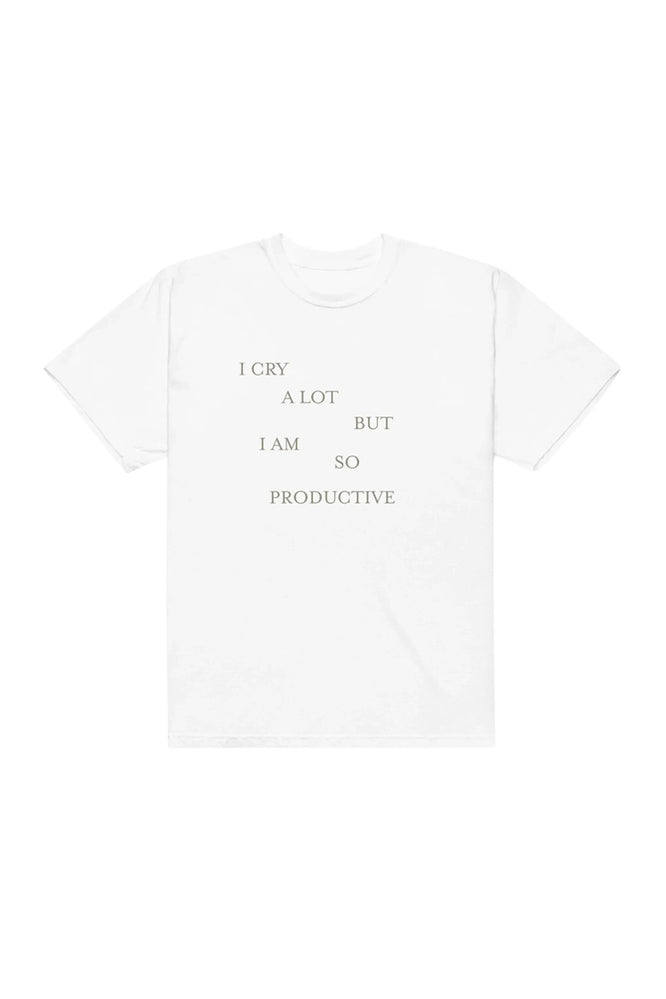There are a lot of reasons sex can get complicated in a relationship (cue the constant stream of TikTok videos about mismatched libidos). But nothing makes you feel more like a hormonal teenager on the verge of bursting into flames than when you’re the one always chasing sex — and your partner is always dodging it. If this is hitting a little too close to home, you might be in what relationship guru Esther Perel calls a “pursuer-distancer” dynamic. And no, it’s not cute, quirky relationship tension — more like a toxic, soul-sucking dance.
In her new course, “Bringing Desire Back,” Perel defines it as such: “You are stuck. You are in a rut. You’re experiencing a sexual impasse. You are in a pursuer-distancer dance. [It seems like one wants all the time; the other never wants enough.] You are stuck, and that stuckness begins to erode and eat at your relationship.” In other words, you’re practically spiraling, desperately trying to initiate, while your partner pulls away.
If this sounds like you, you’re not alone. Perel breaks down this dynamic in the podcast Where Should We Begin? With Esther Perel, featuring a couple who, after years of secretly dating (because one partner isn’t out yet), find themselves stuck in this exact rut. Their relationship has fallen into the age-old pattern of one partner chasing intimacy while the other retreats faster than your willpower around fries. Spoiler alert: this only makes everything worse.
So, how do you deal with being the Pursuer when your partner is the Distancer in sex? Here’s how you can stop the dance — and maybe even spark some passion again.
How To Deal With Being A ‘Pursuer’ When Your Partner Is The ‘Distancer’ In Sex

Step One: Stop Pushing
It feels totally counterintuitive, but the first thing you’ve got to do is stop pushing. I know, you probably want to throw your phone at the wall just reading that but hear me out. The more you chase, the more your partner feels pressured — and the more they back away. It’s like when someone tells you not to think about something, and suddenly, that’s all you can picture. Back off a bit, and you might create space for your partner to actually start missing sex (and you).
You’ve probably been dropping hints left and right, but passive-aggressive comments about how “you’re always the one initiating” aren’t helping anyone. Instead, sit down and have an honest conversation about what’s going on —without making it sound like a blame game. Perel would tell you to talk about how you feel rather than pointing fingers. Example: I feel disconnected when we’re not intimate hits way differently than You never want to have sex anymore.
“Each partner unintentionally triggers the exact behavior they do not desire in the other,” Perel says. So, if your partner’s retreating every time you suggest getting frisky, it’s not necessarily because they don’t find you hot — it could be stress, insecurities, or something deeper going on. Instead of assuming the worst, ask them what’s behind the lack of desire. Showing curiosity without judgment can open up a much-needed conversation.
Step Two: Try Non-Sexual Intimacy
It sounds like a bad joke when all you want is sex, but shifting the focus to non-sexual intimacy can actually bring you closer. Hold hands, cuddle, or give each other a massage without the expectation that it will lead to sex. This lets your partner know you’re there for them emotionally, not just physically, which might make them feel more relaxed and open to intimacy in the long run.
Sometimes, the Distancer just needs a little space to breathe, while the Pursuer needs reassurance that everything’s okay. Finding a balance between giving your partner room and getting your needs met is tricky but doable. Perel suggests creating rituals that bring you back together — a set time where you both check in emotionally and physically without the pressure to “perform.”
Step Three: Ask Yourself, Are You Willing To Change?
Ultimately, the question Perel asks is whether or not a couple can alter this pattern of pursuit and distance — or if they’ve become so entrenched in their roles that they can’t change. And the same goes for you and your partner. If you both want to work on it, breaking the pursuer-distancer cycle is possible — but it requires effort from both sides. Your partner needs to recognize how their distance affects the relationship, while you have to be willing to stop chasing long enough to give them the space they need.
So, is the relationship doomed? Not necessarily. But if you keep doing the same dance, you’re going to keep getting the same result: frustration, resentment, and a lot of awkward silences. It’s time to find a new rhythm, one where you’re not stepping on each other’s toes — but actually dancing together.




















































